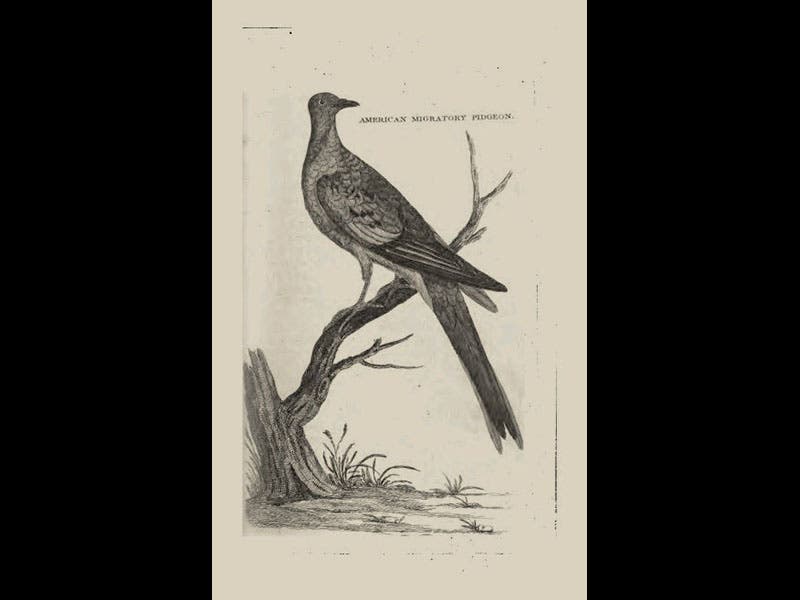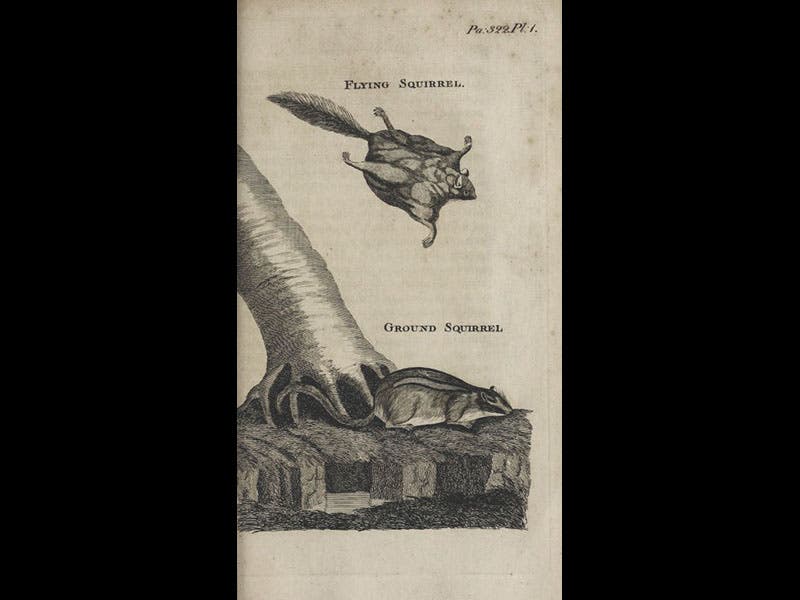Scientist of the Day - Pehr Kalm
Pehr Kalm, a Swedish naturalist, was born Mar. 6, 1716. Kalm studied in Uppsala under the great Carl Linnaeus, and in 1748 he was sent by Linnaeus and the Swedish Academy of Science to North America to study the wildlife and especially the plants and foodstuffs. Since the climate of Sweden and Finland is similar to that of New England and Canada, the goal was to discover new plants that would thrive in Scandinavian soil. Kalm made his headquarters in Philadelphia, because that was the most vibrant city in the colonies, and because there was a Swedish colony in nearby New Jersey (where he found himself a Swedish wife). But he made several long trips up north into Canada, observed a host of new plants and agricultural practices, and brought back many specimens when he returned to Sweden in 1751.
Kalm published a book in Swedish on his travels, En Resa til Norra America (1753-61), which was translated as Travels into North America (1770-71), and he also submitted a number of papers to the journal of the Swedish Academy, on such topics as how to make maple sugar, and whether the American red mulberry could be grown in Sweden and made the basis for a silkworm industry. In the maple sugar paper, Kalm revealed what a good observer he was. He explained how a sugar maple is tapped (pointing out that you should always tap on the same side of a tree in succeeding years, otherwise the tree gets effectively girdled and dies); how the sap is boiled down to make the sugar (16 cans of sap making one pound of sugar); describing the ways in which the Indians and the French used the sugar to sweeten milk or tea or spread it on bread (which is dangerous, says Kalm, because too much maple sugar tends to rot one's teeth). Kalm was apparently not too fond of the native Indians he encountered, as he was occasionally uncomplimentary, as when he remarked that the Indians don’t drink sweetened milk, because they have no livestock, “unless you count dogs and fleas.” Such lapses aside, Kalm was a charming and insightful writer, and as an observer he rivaled his contemporaries Mark Catesby and John Bartram (both of whom he met during the course of his journey), and he was probably better trained in taxonomy and descriptive methods than either of them.
The English translation of Kalm’s Travels is the source of the images above, which depict, in order: a raccoon; a mockingbird and robin; a passenger pigeon; a flying squirrel and a ground squirrel; and the title page. We have the Travels in our collections, but the images were taken from an online archive.
Dr. William B. Ashworth, Jr., Consultant for the History of Science, Linda Hall Library and Associate Professor, Department of History, University of Missouri-Kansas City. Comments or corrections are welcome; please direct to ashworthw@umkc.edu.











